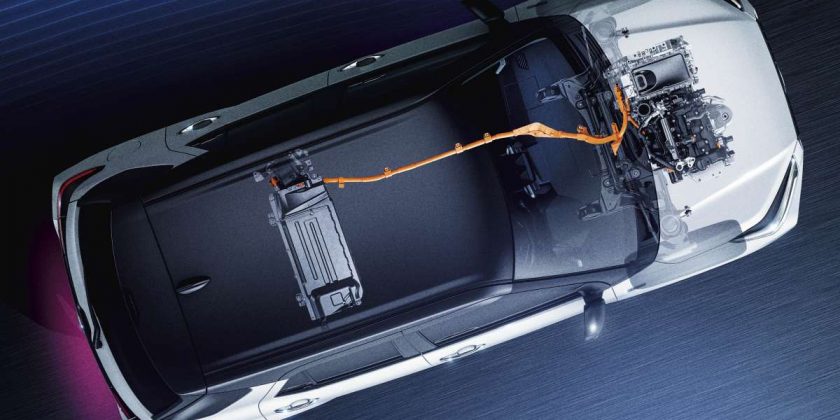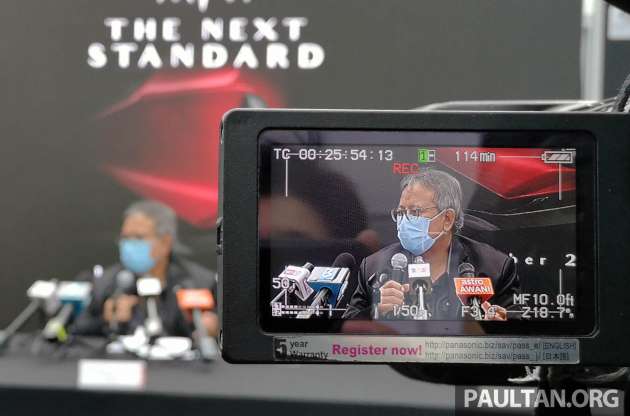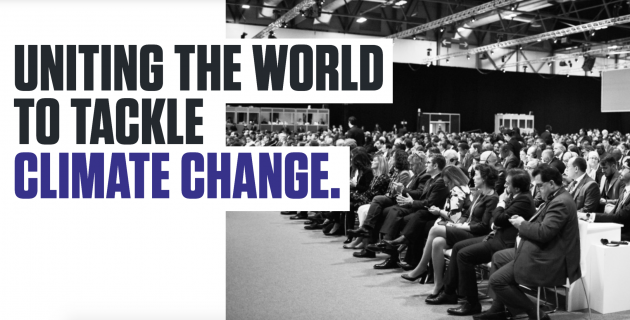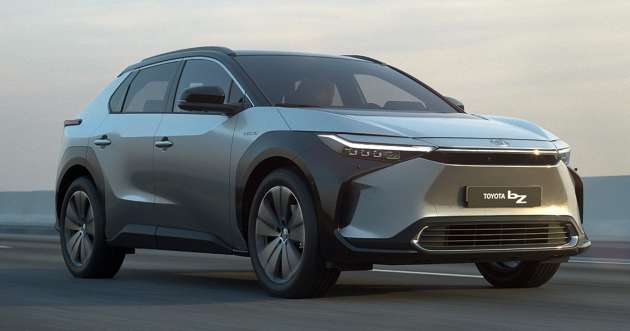Electric vehicles (EVs) is the auto industry buzzword these days, pushed by governments and legislation worried about climate change. Cities, countries and carmakers have all pledged to discontinue the internal combustion engine that has served us for well over a century. Locally, in the recently tabled Budget 2022, Malaysia announced a waiver of tax and duties for imported EVs.
ICE is dirty, EV is clean, so the theory goes. No argument there, if one solely looks at tailpipe emissions – EVs don’t even have tailpipes because there’s no combustion and the subsequent release of gases going on, unlike the burning of petrol and diesel to move pistons.
However, not many are questioning the source of electricity powering the EVs. If you’re an EV proponent because of the right reasons – the environment, and not because it’s the in thing (like a cool toy) or because premium EVs boast high performance and prestige – surely the question of how clean is your electric source matters, no?
The burning of coal to generate electricity is universally accepted as a dirty method, and it was a major point of contention at the recent COP26 summit, where world leaders trashed out climate deal. According to a Thomson Reuters report, in the US, around 30% of electricity is generated by coal, and in China, it’s double that. Globally, roughly 37% of the world’s electricity comes from coal-fired plants. So, while EVs release no emissions at the tailpipe level, are they truly good for the planet as things stand?
Perodua president and CEO Datuk Zainal Abidin Ahmad was posed that question at the recent 2022 Myvi facelift media preview, and he pointed to the well-to-wheel approach in looking at carbon neutrality. Well stands for oil well in an ICE vehicle, which you can substitute with electricity source for EVs, and well-to-wheel means looking at emissions from the whole chain, and not just at the car’s tailpipe.
“I always say from well to wheel. The first thing that we need to do is we have to make sure that we achieve carbon neutral not in the product – which is the EV – but the production process, which is our factory, the production of energy generation,” he said, adding the production process to the conversation.
The government is nudging the local auto industry towards electric, as shown by the tax-free EV move, but Zainal is calling for a wider approach. “We’ve done our study. Although it’s good that the government announced the incentives to entice the market for EVs, based on the current scenario of the Malaysian automotive industry, I think the takers will be less. But we’re telling the government, let’s not look (solely at) EVs as the way forward for the automotive industry.
“Based on our calculation, EV and hybrid – because we’re depending on burning of coal for 50% energy source – HEV (hybrid) is still the best for Malaysia if you’re talking about being environmentally friendly,” he declared, before emphasising on carbon neutrality again.
“I believe what the government is saying (with this tax-free EV move) is let’s get the economy ball rolling, but at the same time the government would like to push a carbon neutral policy – as mentioned by the prime minister, Malaysia is very much committed to achieve carbon neutrality by 2050, and we’re working together with the government, moving towards the guidelines given by them.
“We’ve established our own carbon neutral organisation, so called, to ensure that whatever we do – EV, hybrid, total production, source of energy – we’ll never forget bout carbon neutral,” the P2 chief said.
Hybrids over full electric cars, for now, sounds very much like the view of Toyota, which is of course the owner of Daihatsu, Perodua’s long-time partner. In September, Toyota president Akio Toyoda – in his capacity as Japan Automobile Manufacturers Association (JAMA) chairman – urged Japan to not follow Europe’s EV model blindly.
“In pursuing carbon neutrality, carbon is our enemy, not the internal combustion engine. To reduce carbon, I believe there should be practical and sustainable solutions that fit the circumstances of each country and region. What we need to do over the next several years is to leverage the technological advantages that we have built up and take immediate steps to maximise CO2 reductions using the electrified vehicles we have now.
“The Japanese government has determined various targets, likely with the upcoming COP26 in mind, but first of all it is just targets that they show us, and second of all, the targets seem to be based on how policies are discussed in Europe, not on the particular situation in Japan. That is why I would like to ask for your understanding that the paths to carbon neutrality differ in each country,” Toyoda said.
These views are consistent with Toyota’s keep all powertrain options open approach, as opposed to the many carmakers who are now betting the whole house on EVs, so to speak. The hybrid pioneer is a strong believer of hydrogen fuel cell as the future of cars, and is currently experimenting with hydrogen engines – that’s ICE powered by hydrogen. It had a slow start with BEVs, but the bZ4X crossover – co-developed with Subaru – is set to hit showrooms in mid-2022. Premium brand Lexus is also working on a dedicated EV model, due next year.
Malaysian arm UMW Toyota Motor (UMWT), which will soon launch the Corolla Cross Hybrid, calls hybrids a “realistic bridge” towards electrification.
“We are absolutely positive that the HEV is the most accessible and realistic choice for Malaysian customers in terms of practicality and infrastructure, with an enormous potential in Malaysia. It is a realistic bridge towards vehicle electrification while efforts are still being undertaken to help realise enablers for BEV, such as cost reduction, energy mix improvement and infrastructure development,” UMWT deputy chairman Akio Takeyama said.
At the same event, Perodua boss Zainal also revealed that the Rawang carmaker is current conducting a market study for hybrid vehicles in Malaysia, admitting that the Daihatsu Rocky e-Smart Hybrid that was recently spotted testing in downtown KL – even before it was launched in Japan – is theirs. This means that there’s a good chance for an upcoming Ativa Hybrid, as the Rocky is the P2 SUV’s twin.
It’s clear that Perodua and Toyota are on the same page in this “go all in on EVs” debate. Their stand is that EVs are not yet viable now, given the less-than-clean power generation situation in most countries (biomass, water, wind and solar are good; coal is not). That’s before taking into account the environmental impact of mining materials such as nickel and cobalt, needed to make EV batteries. Add them all up and it could account for a larger share of total greenhouse gas emissions than those from a car’s tailpipes, which EV proponents focus on.

Toyota and Perodua say that hybrids is the answer for the present. The points are convincing, but this is still very much a minority, if not lone, voice among carmakers – most have rushed headlong into the electric wave.
So, if you zoom out, look at the big well-to-wheel picture and find that EVs aren’t as clean as many think, is ICE still the environment villain that it’s painted out to be? By the way, in Peninsular Malaysia, 65.84% of electricity was generated by coal last year, followed by gas at 29.67%, hydro (3.78%) and solar (0.7%).
What’s your thoughts on this matter? For further reading, click on these links for the POV of Akio Toyoda, Toyota and UMW Toyota Motor.
Research Perodua Cars at
Source: Read Full Article













